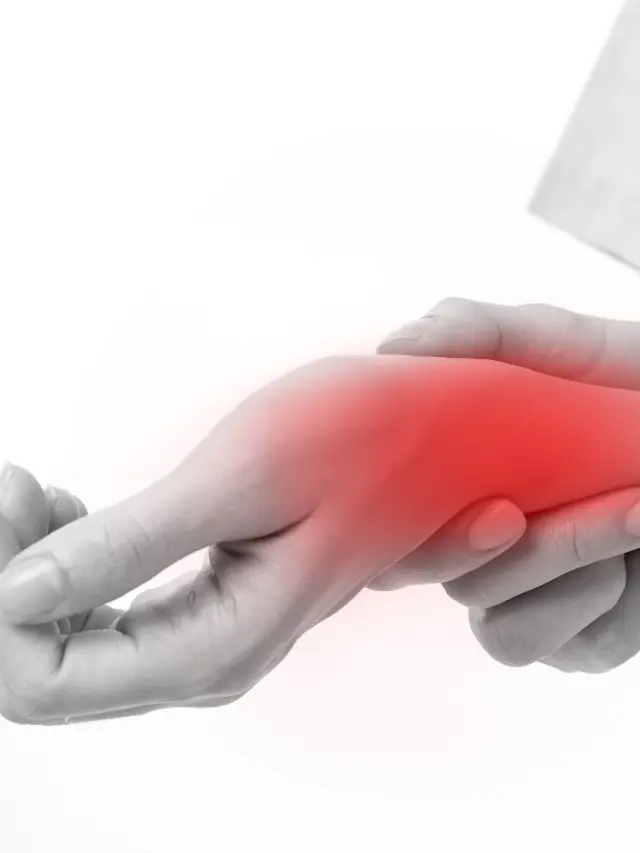The term “Arthritis” usually refers to more than 100 varied types of diseases which mostly have causes like pain, stiffness, and inflammation in the joints especially for the one affected with arthritis. About understanding arthritis is that it involves some form of joint pain or other. However, the seriousness, duration, and degree of joint pain differ from one type of arthritis to another.
There are two most prevalent types of arthritis which include Osteoarthritis and Rheumatoid arthritis. The most common form of arthritis is Osteoarthritis, in which joint cartilage is destroyed. In certain cases of Osteoarthritis, a patient can experience bony outgrowth or bone spurs and also lose cartilage particles.
Understanding arthritis better
In general, Osteoarthritis affects aged people, between 55 years and older. That is why most people term it as an ‘aged disease’ of the joints. Osteoarthritis is common in the hands, spine, hips, knees, and feet of victims.
In rheumatoid arthritis, the patient can experience white blood cells dividing, growing, and multiplying in the synovial membrane. These can produce loss of space in the synovial cavity, inflammation of the joint capsule and synovial membrane along with stiffness and pain in the joint. If a patient doesn’t get arthritis relief or take steps in understanding the arthritis treatment given, this may even worsen the condition leading to cartilage destruction.
Apart from these two types of arthritis, there is another type of arthritis called “Inflammatory Arthritis” that affects people in common. This causes very severe inflammation in the joints and the tendons of the victims and is mostly characterized by the inflammation and swelling of the synovial membrane with stiffness and severe pain in the joints of the victims. The joints turn red and warm when touched.
It is not only necessary for adults for understanding arthritis better about the need arthritis relief, but also children as they are susceptible to more pain, and require treatment more than ever before. Unlike adults, children cannot bear the pain in the joints and it is a must for them to get relief from arthritis as soon as the problem starts.
How to prevent arthritis?
After understanding arthritis, it is necessary for every individual to know how to prevent arthritis in the initial stages itself rather than knowing how to prevent arthritis when the condition worsens.
- Maintaining a good body weight. Excess body weight can be one of the most important risk factors for arthritis. Add more fiber to your diet and eat more whole grains, fruits, and vegetables by limiting refined carbohydrates and fat.
- Avoid wearing high heels. High heels cause trouble for some people. Wearing it occasionally and using a more joint-friendly style most of the time, would be great.
- Do non-impact exercises. High-impact exercises like long-distance running and soccer put more stress on the joints which can wear down the cartilage faster than normal, worsening the arthritis.
- Choose body mechanics. People with bad body mechanics may be predisposed to developing arthritis. Good body mechanics, like lifting with your legs instead of using your back, takes stress off the joints which helps in arthritis prevention by preserving cartilage.
- Keep a check on vitamin D. According to the medical survey, people who have a deficiency in vitamin D have more progression of osteoarthritis. It is also essential to monitor blood levels frequently.
- Stay hydrated. Another reason for prevention after understanding arthritis is to stay hydrated. Due to dehydration, water gets sucked out of the cartilage causing damage and extreme pain. Since the cartilage in the joints is mostly made up of water, staying hydrated would make it a great cushion for the joints.
Thus, women who are more prone to arthritis should know how to prevent Arthritis by considering the above steps to prevent arthritis later or slow its progression.
Side Effects
The most widely recognized signs and side effects of joint pain include the joints. Contingent upon the sort of joint inflammation, signs, and side effects might include:
- Torment
- Firmness
- Enlarging
- Redness
- Diminished scope of movement
Read also Best Hip Replacement Surgeon in Chennai.





